

Articles
How To Unclog Washer Drain
Modified: February 28, 2024
Learn effective methods for unclogging your washer drain with these informative articles. Say goodbye to pesky blockages and keep your washer running smoothly.
(Many of the links in this article redirect to a specific reviewed product. Your purchase of these products through affiliate links helps to generate commission for Storables.com, at no extra cost. Learn more)
Introduction
A clogged washer drain can be a frustrating problem to deal with. Not only can it disrupt your laundry routine, but it can also lead to water damage if left untreated. Understanding the signs of a clogged washer drain and knowing how to unclog it can save you time, money, and hassle.
In this article, we will guide you through the process of unclogging a washer drain step by step, and provide alternative methods in case the first approach doesn’t work. We will also share some preventive measures you can take to avoid future clogs. So, let’s dive in!
Key Takeaways:
- Recognize signs of a clogged washer drain early, such as slow draining, water backup, gurgling sounds, and unpleasant odors. Taking immediate action can prevent further damage and save time and money.
- Prioritize safety when unclogging a washer drain by turning off power, using proper tools, and avoiding harsh chemicals. Following a step-by-step guide and preventive measures can help maintain optimal washer performance.
Read more: How To Unclog Freezer Drain
Signs of a Clogged Washer Drain
A clogged washer drain can manifest in various ways. Recognizing the signs early on can help you address the issue before it escalates. Here are some common signs that indicate a clogged washer drain:
- Slow Draining: If you notice that water is taking longer than usual to drain from your washing machine, it could indicate a clog in the drain pipe. This can result in standing water in the tub even after the wash cycle has completed.
- Water Backup: Clogs in the drain pipe can cause water to back up into the washer or overflow from the machine. If you find water spilling out from the top or sides of the washer, it’s a clear indication of a clog that needs to be addressed.
- Gurgling Sounds: Unusual gurgling sounds coming from your washing machine drain are often a sign of a clog. These sounds typically occur when air is trapped in the pipe due to the presence of an obstruction.
- Unpleasant Odors: A clogged washer drain can lead to stagnant water accumulation, resulting in foul odors emanating from the washing machine. If you notice a musty or rotten smell coming from your washer, it’s likely due to a clog.
- Backflow in Other Fixtures: A severe clog in the washer drain can cause backflow in other fixtures around the house, such as sinks, toilets, or showers. If you experience water backing up in these areas when using the washing machine, it’s a clear sign of a clogged drain.
If you observe any of these signs, it’s important to take immediate action to unclog the washer drain and prevent further damage.
Safety Precautions
Before attempting to unclog a washer drain, it’s important to prioritize safety. Here are some essential safety precautions to keep in mind:
- Turn Off Power: Start by unplugging the washing machine from the power source. This will prevent any accidental activation of the machine during the unclogging process.
- Protective Gear: Wear gloves and safety goggles to protect yourself from any potential contact with debris or harsh chemicals.
- Use Proper Tools: Use appropriate tools like drain snakes, pliers, or wrenches to unclog the drain. Avoid using sharp objects that may cause damage to the pipes.
- Beware of Hot Water: If you’re using hot water during the unclogging process, be cautious to avoid burns. Always check the temperature of the water before handling it.
- Avoid Harsh Chemicals: While it may be tempting to use chemical drain cleaners, they can be harmful to your plumbing system and the environment. Opt for natural or homemade solutions instead.
- Have Proper Ventilation: Ensure that the area where you are working is well-ventilated to prevent the buildup of fumes and odors.
- Seek Professional Help: If you are unsure about any step or encounter a complex clog, it’s best to seek assistance from a professional plumber to avoid any further damage.
By adhering to these safety precautions, you can minimize the risk of accidents and protect both yourself and your plumbing system.
Tools and Materials Needed
Before you begin the process of unclogging a washer drain, gather the following tools and materials:
- Plunger: A plunger can help create pressure and dislodge minor clogs in the drain.
- Drain Snake or Auger: A drain snake or auger is a long, flexible tool that helps reach deep into the drain to break up and remove clogs.
- Pliers: Pliers can be useful for loosening and removing the drain trap or other components of the drain system.
- Bucket: Keep a large bucket or container nearby to catch any water that may spill out during the unclogging process.
- Hot Water: Boil water to use for flushing the drain and dissolving any greasy substances or soap scum that may be contributing to the clog.
- Baking Soda and Vinegar: These natural household items can be used as an alternative to chemical drain cleaners. Mixing them together creates a fizzy reaction that helps break down clogs.
- Gloves and Safety Goggles: Protect your hands and eyes with gloves and safety goggles to prevent any harm from debris or chemicals.
- Cleaning Brush: Use a small cleaning brush to scrub away any residue or buildup in the drain.
- Rags or Towels: Have some rags or towels on hand to clean up any water spills or messes.
Having these tools and materials ready before you start will make the unclogging process more efficient and help you tackle the job effectively.
To unclog a washer drain, start by removing any visible debris from the drain filter. Then, use a plumber’s snake or a wire hanger to dislodge and remove any clogs further down the drain. Finally, run a cycle with hot water and vinegar to help clear any remaining buildup.
Step-by-Step Guide to Unclog Washer Drain
Follow these steps to unclog your washer drain:
- Prepare the Area: Make sure the surrounding area is clear of any obstacles or items that could hinder your access to the washer drain.
- Turn Off the Power: Unplug the washing machine from the power source to prevent any accidental activation.
- Locate the Drain: Locate the drain pipe, usually situated at the back of the washing machine. It is typically connected to a drain hose that leads to a drain or a standpipe.
- Inspect the Drain Trap: Check for a drain trap located near the bottom of the washing machine. Use pliers to loosen the slip nuts and remove the trap to access the clog.
- Clear the Clog: Use a plunger or a drain snake to break up and remove the clog. For minor clogs, a plunger may be sufficient. For more stubborn clogs, a drain snake can be inserted into the drain to dislodge and remove the debris.
- Flush with Hot Water: Once the clog is cleared, pour hot water down the drain to flush away any remaining debris. This will also help dissolve any grease or soap scum buildup.
- Clean the Drain Trap: While the drain trap is removed, clean it thoroughly using a brush to remove any residue or trapped debris.
- Reassemble the Drain Trap: Once the drain trap is clean, reattach it to the drain pipe with the slip nuts and tighten securely.
- Test the Drain: Run a small amount of water into the washing machine and observe if it drains properly. If it does, the clog has been successfully cleared.
Following this step-by-step guide should help you effectively unclog your washer drain and restore proper drainage to your washing machine.
Read more: How To Unclog A Basement Drain
Alternative Methods to Unclog Washer Drain
If the traditional methods of using a plunger or drain snake do not fully unclog your washer drain, there are alternative methods you can try before seeking professional help. Here are a few options:
- Baking Soda and Vinegar: Create a natural cleaning solution by combining equal parts baking soda and vinegar. Pour this mixture into the drain and let it sit for about 30 minutes. Follow it up with hot water to flush away the loosened debris.
- Wire Hanger: Straighten out a wire hanger and create a small hook at one end. Carefully insert the wire into the drain and use it to pull out any hair, lint, or other clogs that may be within reach.
- Wet-Dry Vacuum: If you have access to a wet-dry vacuum, you can use it to suck out the clog from the drain. Make sure to cover the end of the vacuum hose with a cloth to create a seal and prevent water from splashing back.
- Plumbing Snake: For more stubborn clogs, a plumbing snake with an electric motor can be effective. Insert the snake into the drain and let it rotate to break up and remove the clog.
- Enzyme Cleaners: Consider using enzyme-based cleaners that can break down organic material such as hair and soap scum. Follow the instructions on the cleaner’s packaging for best results.
Remember to always follow the safety precautions mentioned earlier and avoid using excessive force that could cause damage to your plumbing system. If these alternative methods do not work or if you are unsure about tackling the clog yourself, it is advisable to contact a professional plumber.
Preventing Future Clogs
While unclogging a washer drain is a necessary task, it’s even better to prevent clogs from occurring in the first place. Here are some tips to help you avoid future clogs:
- Lint Trap Maintenance: Regularly clean the lint trap of your washing machine after each load. Built-up lint can easily accumulate and clog the drain over time.
- Avoid Overloading: Do not overload your washing machine with excessive laundry. Overloading can strain the drain system and increase the likelihood of clogs.
- Use Mesh Laundry Bags: Place small items like socks, undergarments, and delicate fabrics in mesh laundry bags to prevent them from getting trapped in the drain or causing clogs.
- Remove Excess Debris: Before washing clothes, check pockets and remove any loose items such as coins, keys, or tissues that can contribute to clogs.
- Inspect and Clean the Drain Hose: Periodically inspect the drain hose for any signs of wear or damage. Clean the inside of the hose by running water through it to remove any accumulated debris.
- Avoid Excessive Detergent Use: Using too much detergent can cause buildup and contribute to clogs. Follow the manufacturer’s recommended amount for your specific washer.
- Regular Maintenance: Consider scheduling regular maintenance for your washing machine, including professional inspections and cleanings. This can help identify and address minor issues before they turn into major clogs.
- Install a Lint Filter: If your washing machine does not have a built-in lint filter, consider installing an external lint filter to catch lint and prevent it from entering the drain.
- Be Mindful of What You Wash: Avoid washing items like pet hair, large amounts of dirt, or oily rags in your washing machine. These can lead to significant clogs.
By following these preventive measures, you can reduce the risk of future clogs and prolong the lifespan of your washing machine while maintaining optimal performance.
Conclusion
Dealing with a clogged washer drain can be a frustrating experience, but by recognizing the signs early on and knowing how to unclog it, you can tackle the problem efficiently. By following the step-by-step guide provided in this article, you can address the clog and restore proper drainage to your washing machine.
Remember to prioritize safety by following the necessary precautions and using the right tools and materials. In cases where traditional methods don’t work, alternative methods such as using baking soda and vinegar, a wire hanger, or a wet-dry vacuum can be effective.
To prevent future clogs, make sure to maintain your washer drain by regularly cleaning the lint trap, avoiding overloading the machine, and inspecting the drain hose. By practicing good maintenance habits and being mindful of what you wash, you can significantly reduce the occurrence of clogs and keep your washing machine running smoothly.
If you’re unsure about dealing with a clog or if the clog persists despite your efforts, it’s always a good idea to seek the assistance of a professional plumber. They have the expertise and tools to address complex clogs and ensure that your washer drain is functioning optimally.
By being proactive and taking the necessary steps to unclog and prevent future clogs in your washer drain, you can continue to enjoy the convenience of clean clothes without the hassle of drainage issues.
Frequently Asked Questions about How To Unclog Washer Drain
Was this page helpful?
At Storables.com, we guarantee accurate and reliable information. Our content, validated by Expert Board Contributors, is crafted following stringent Editorial Policies. We're committed to providing you with well-researched, expert-backed insights for all your informational needs.
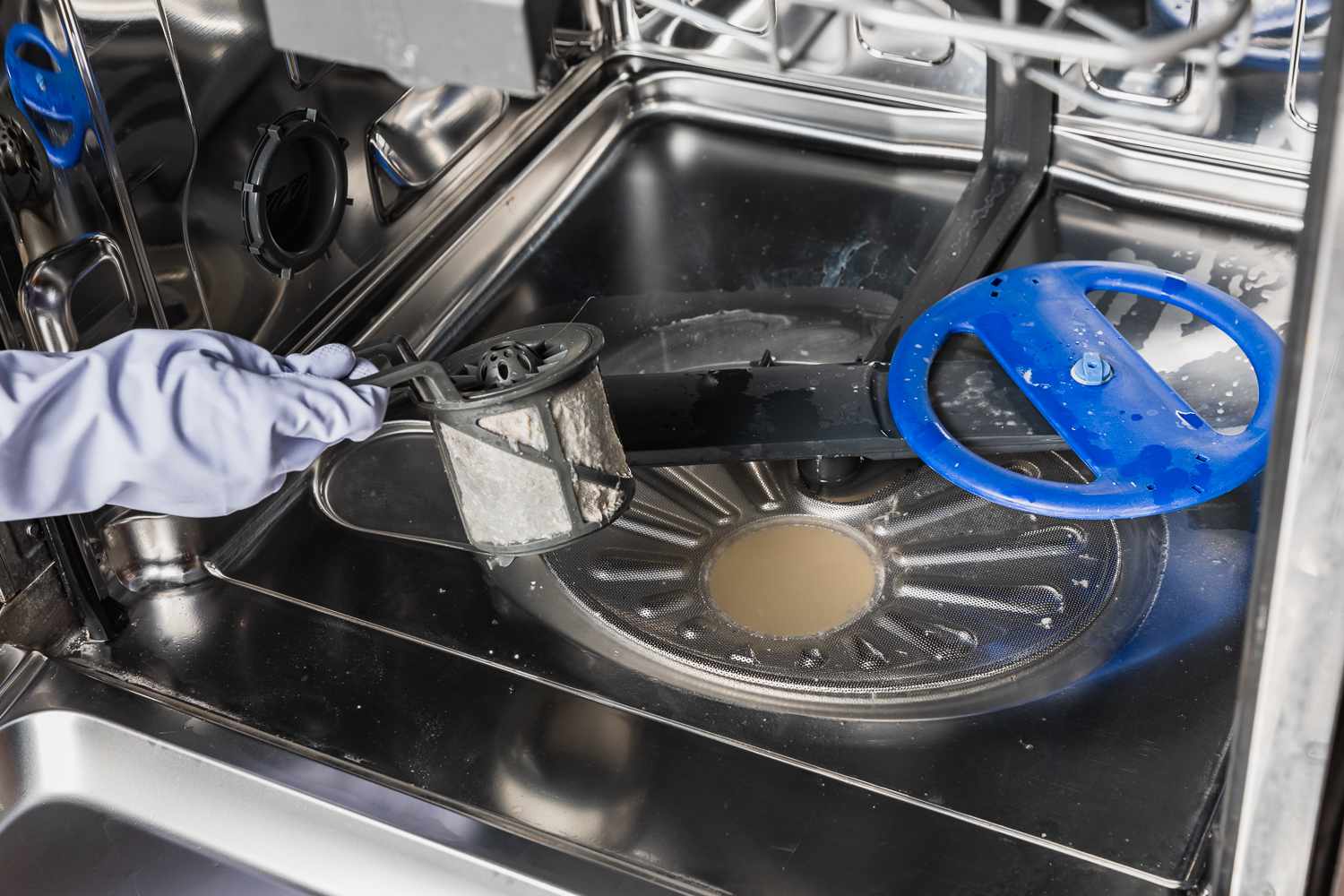
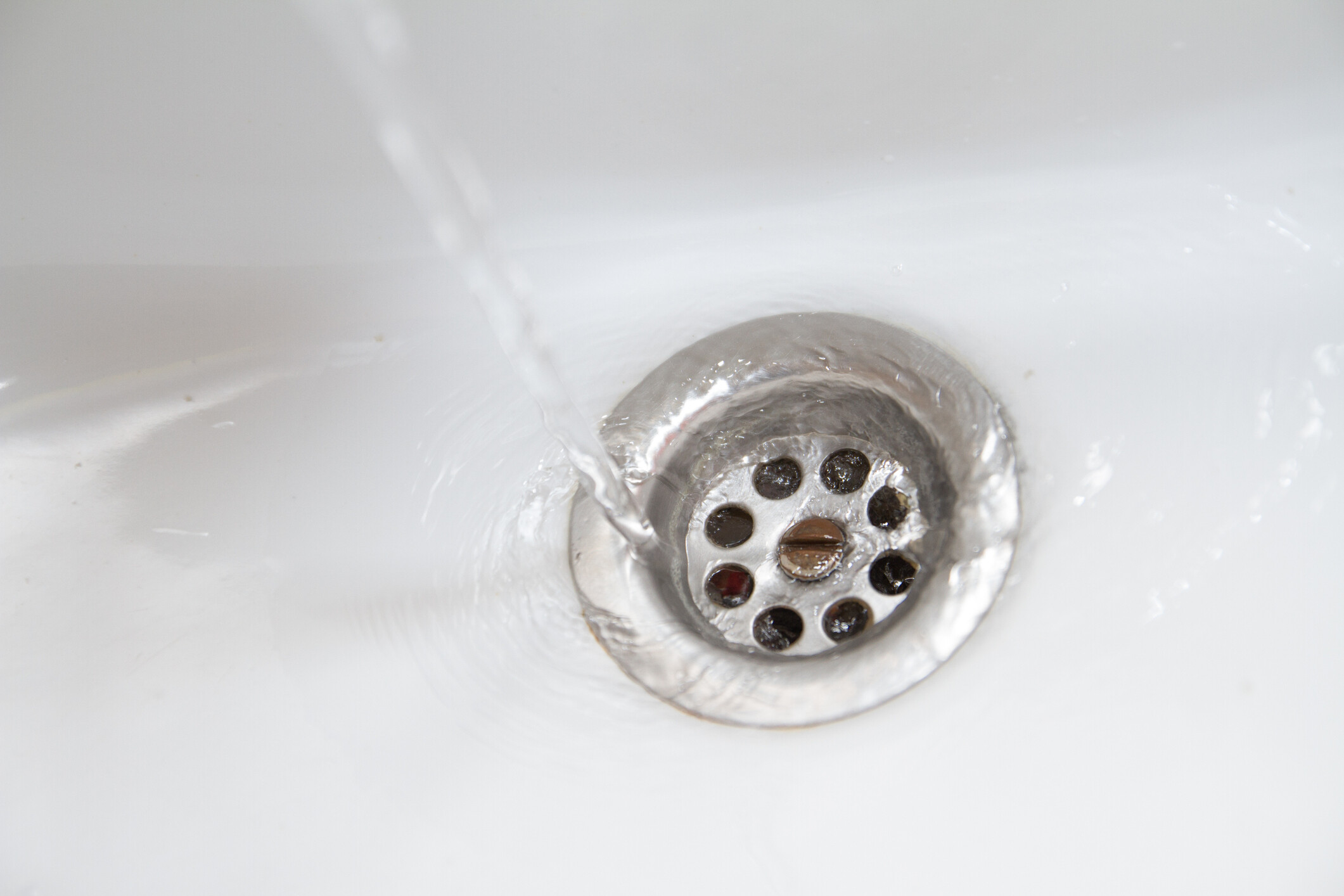
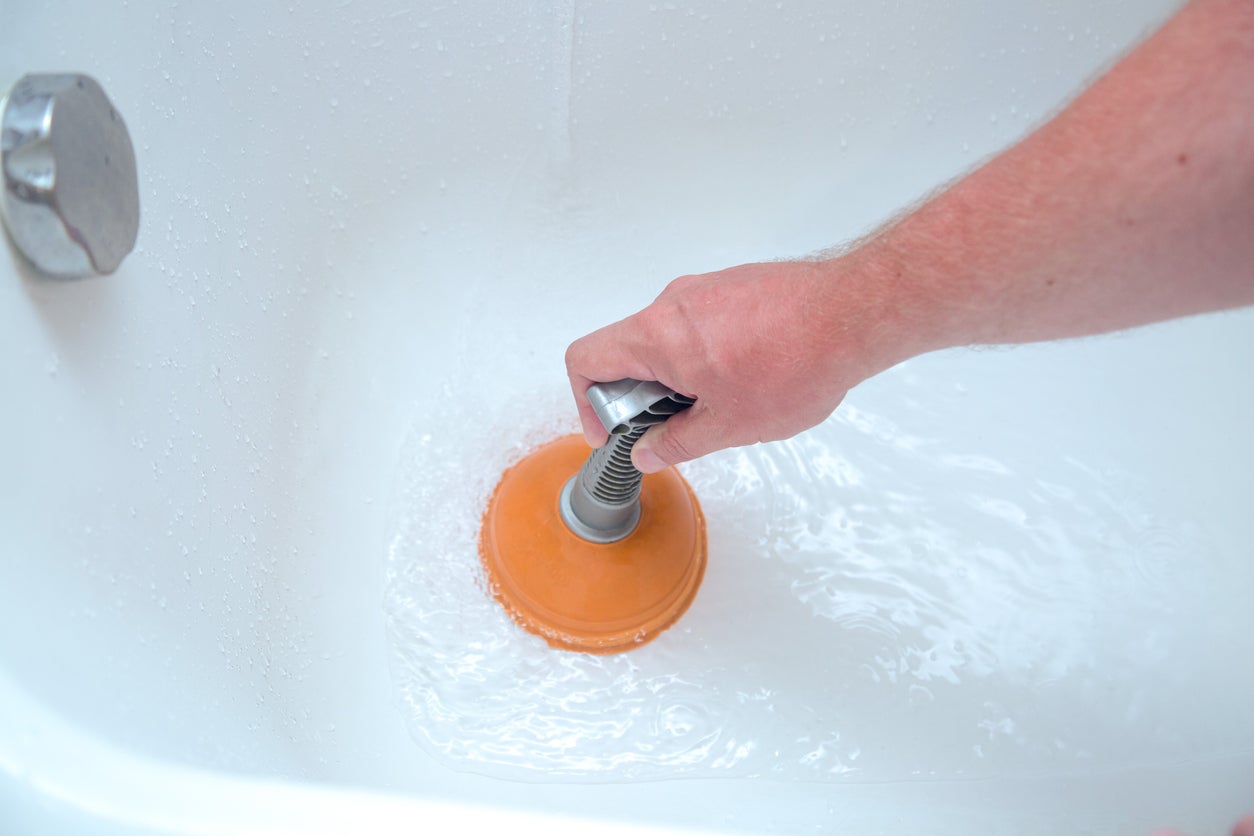
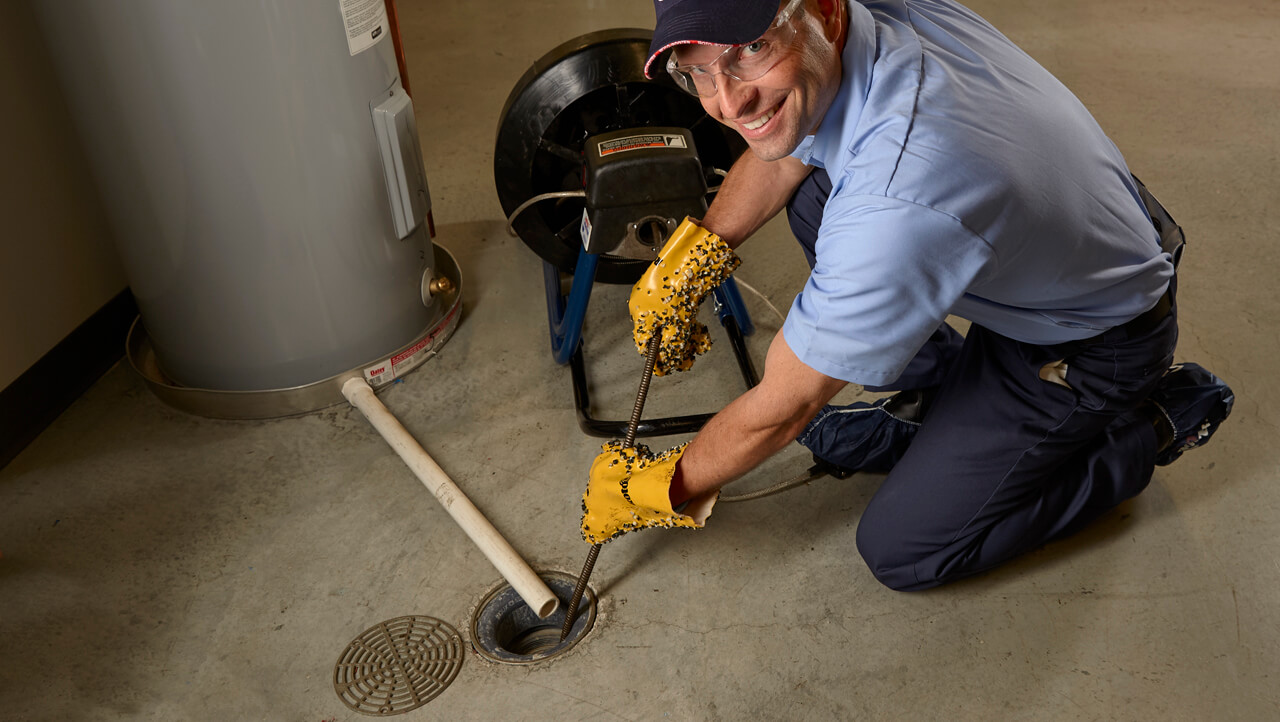
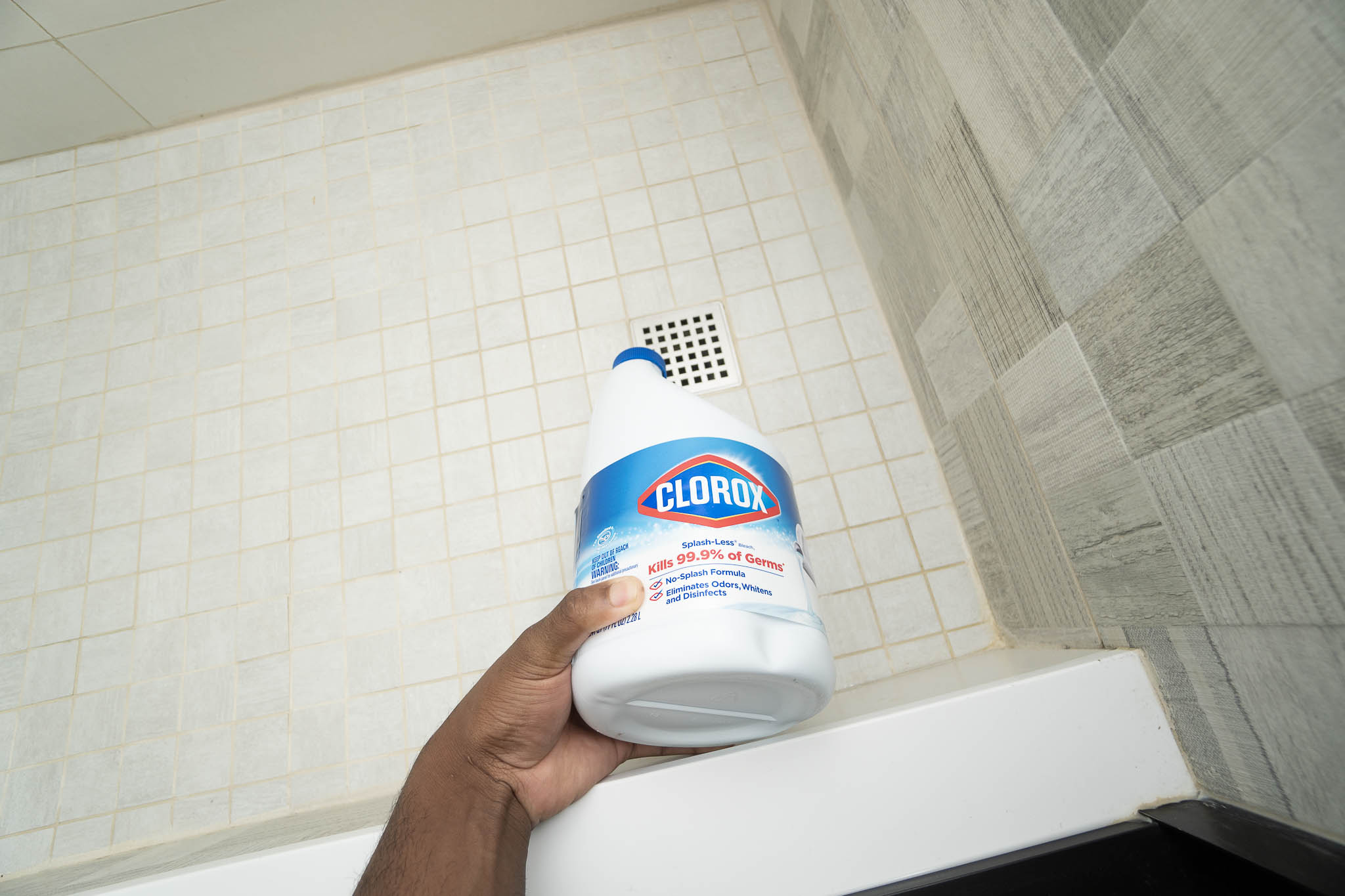
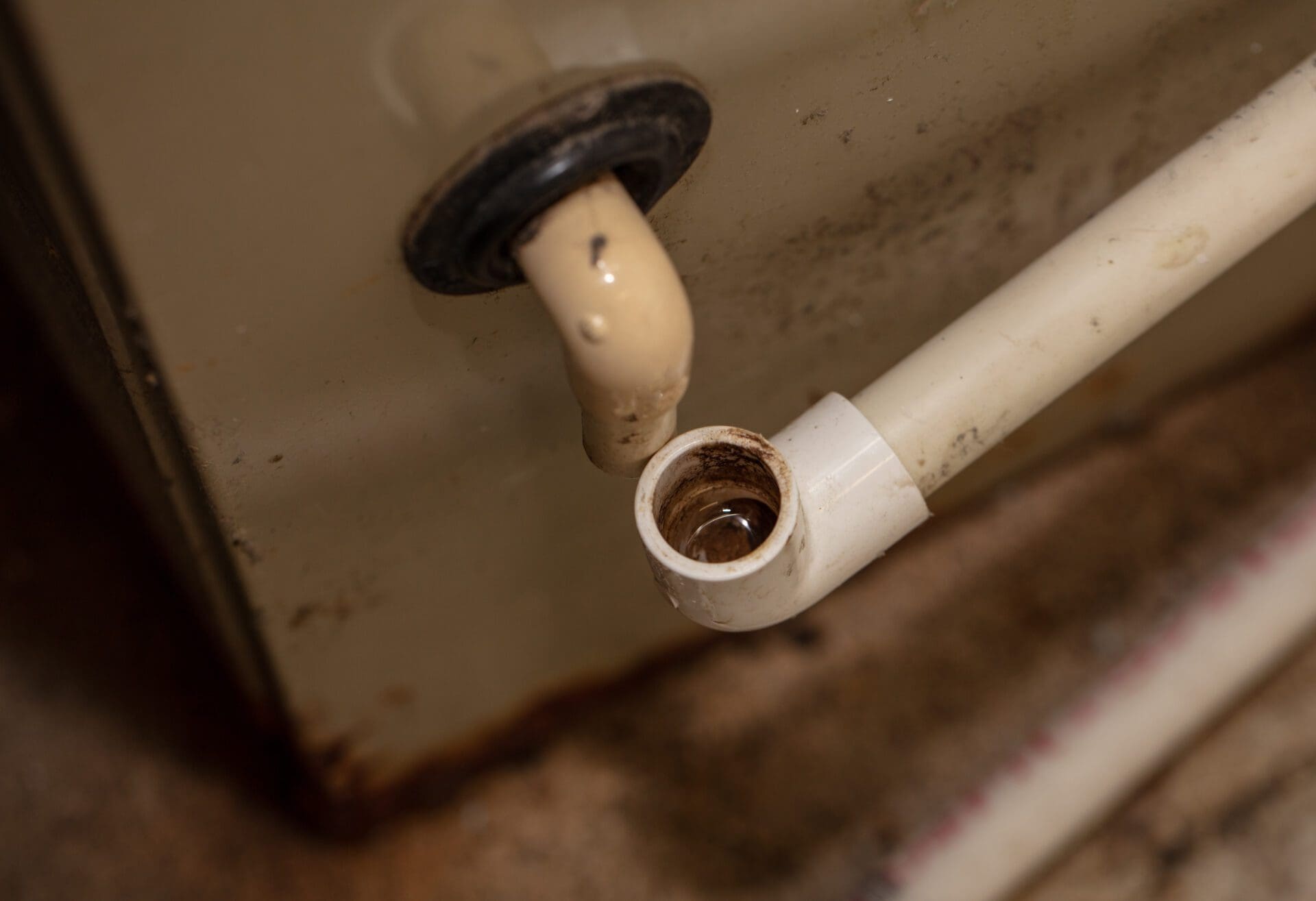

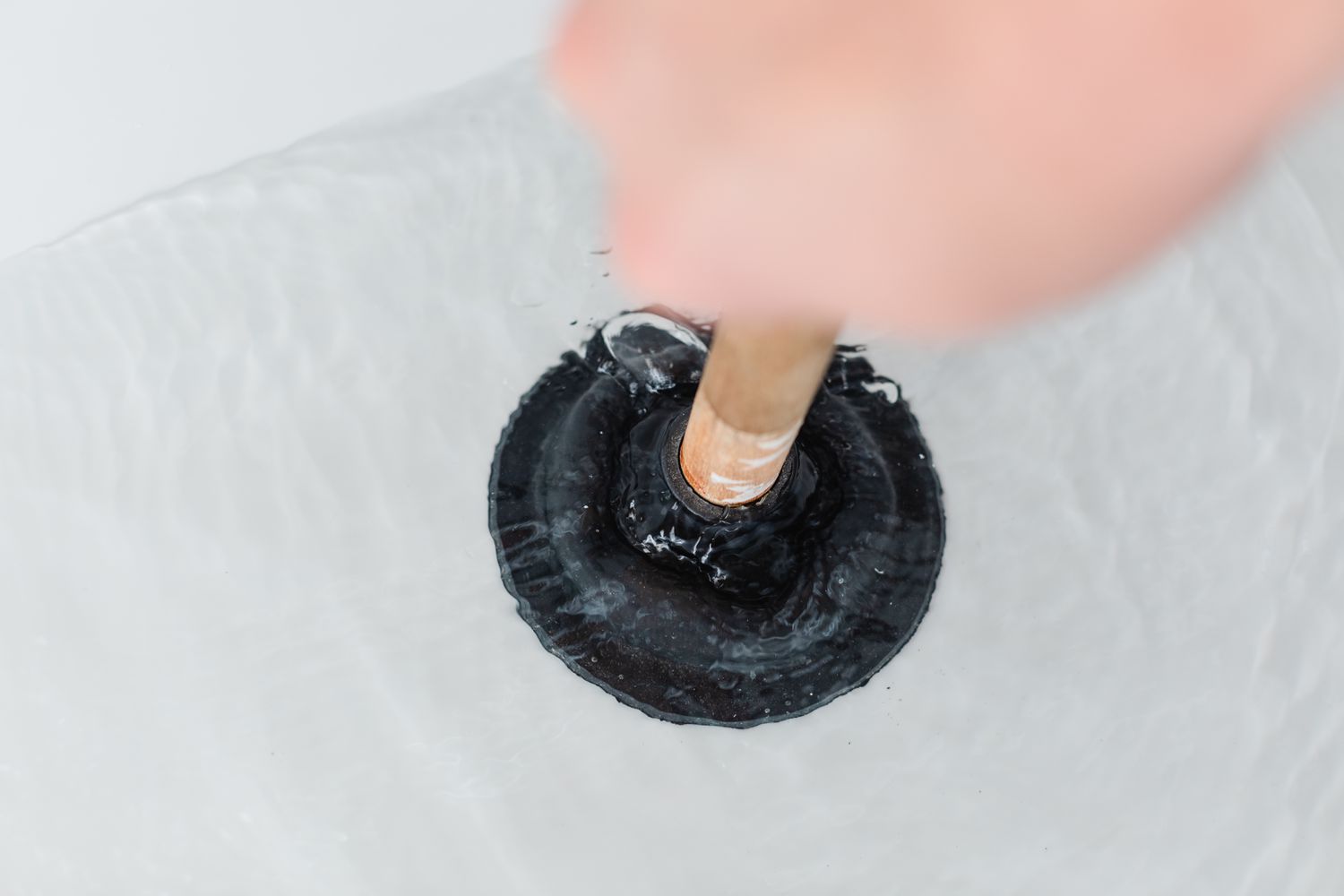
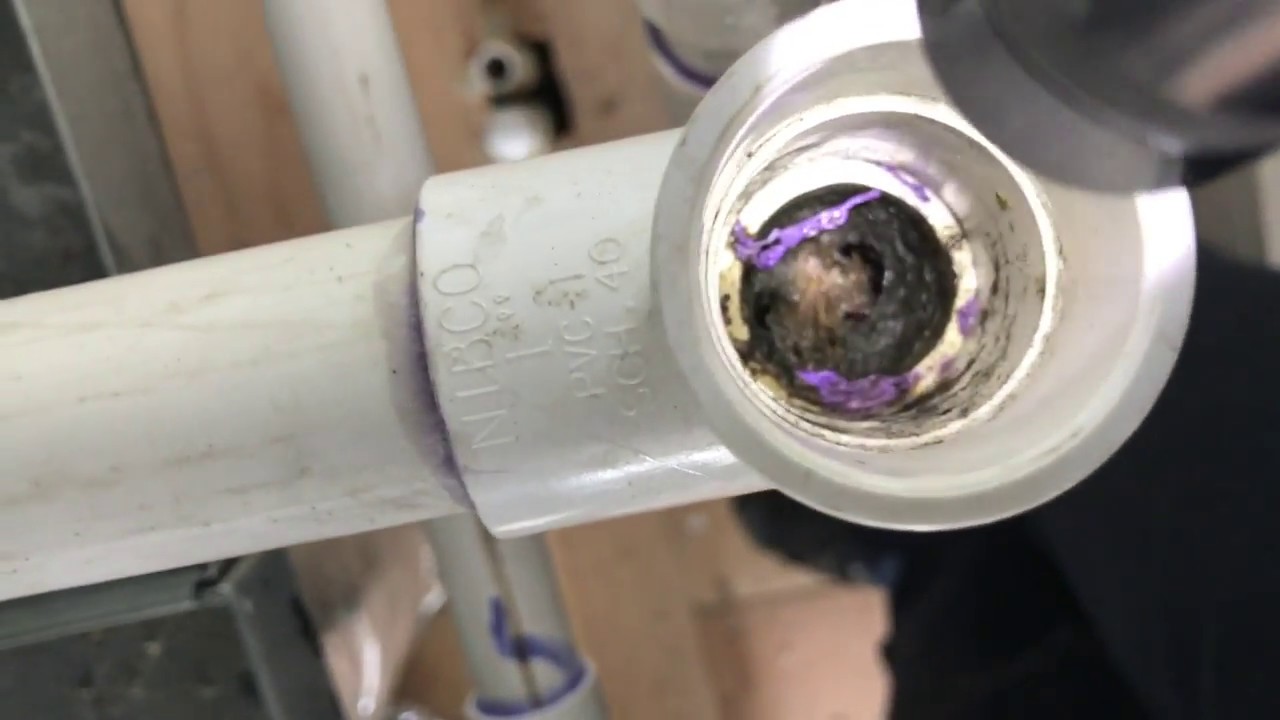
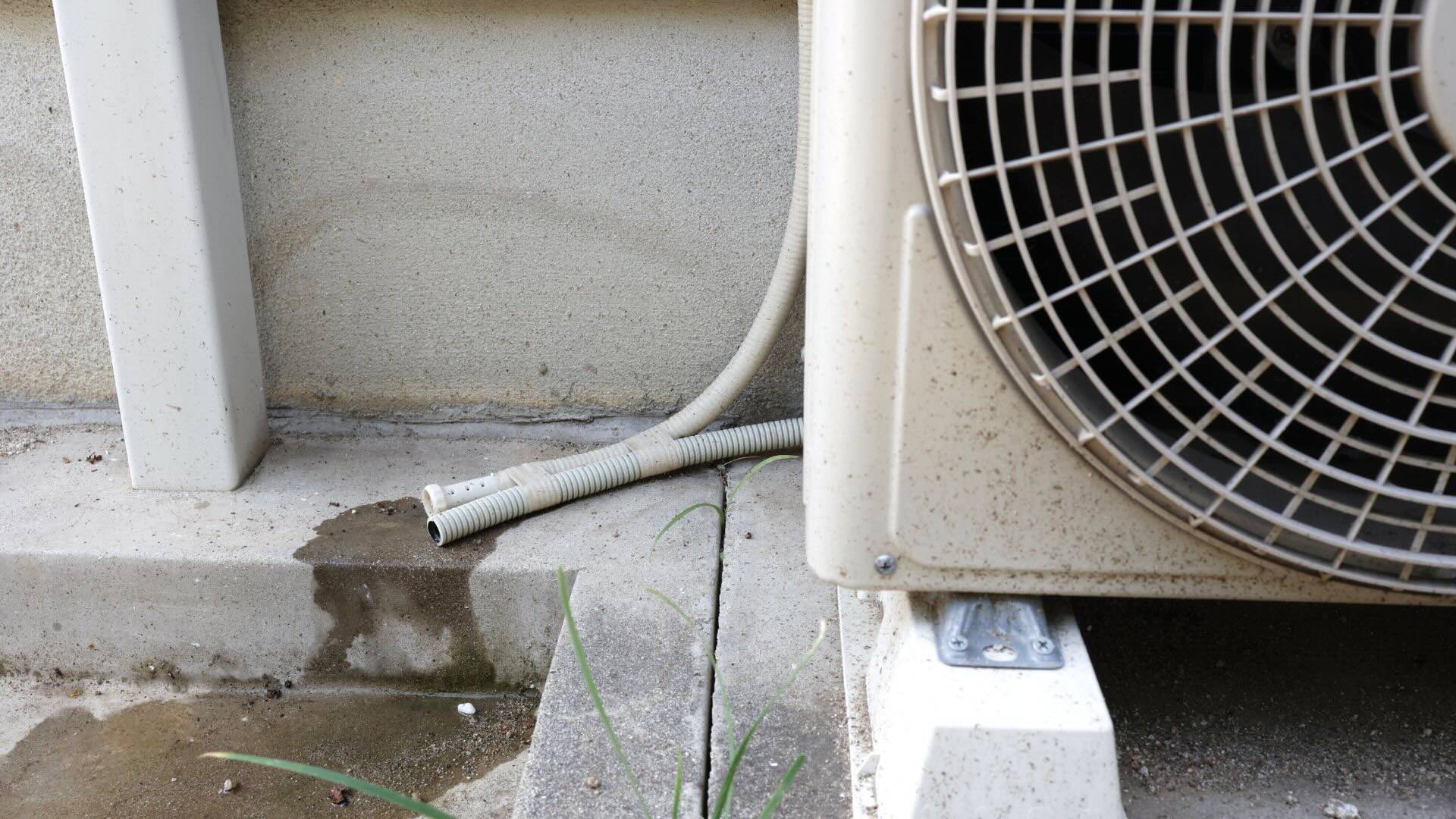
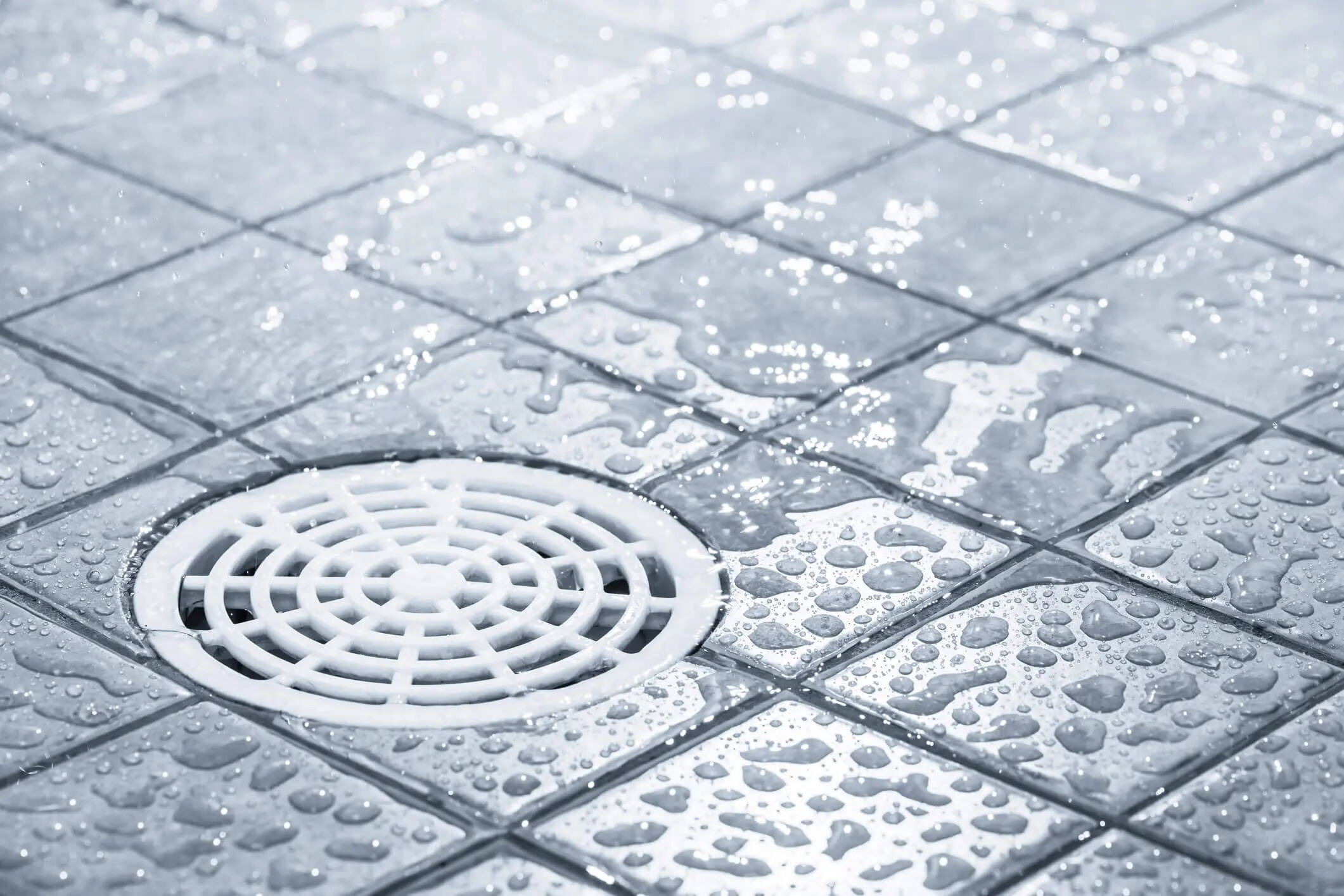
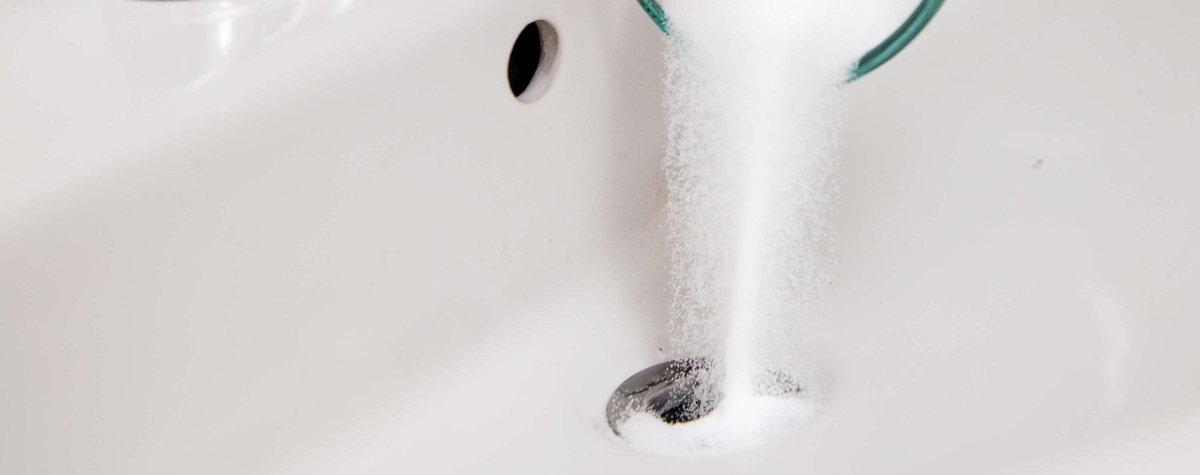
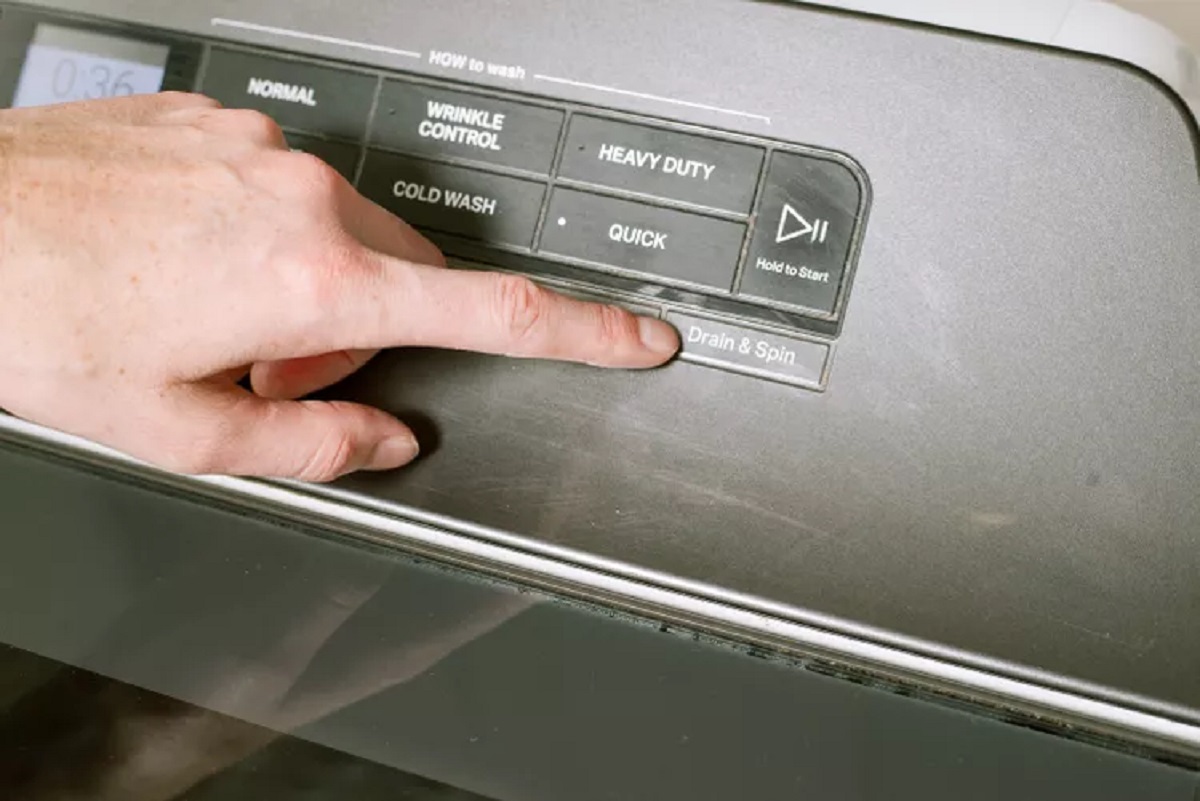
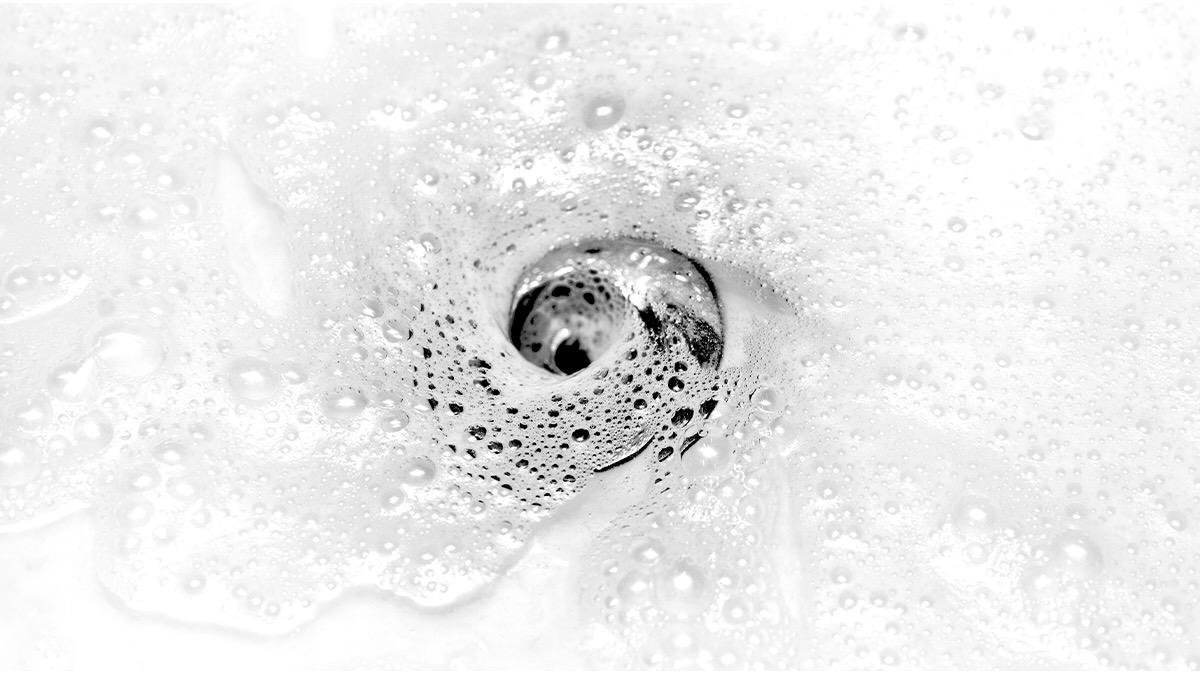

0 thoughts on “How To Unclog Washer Drain”